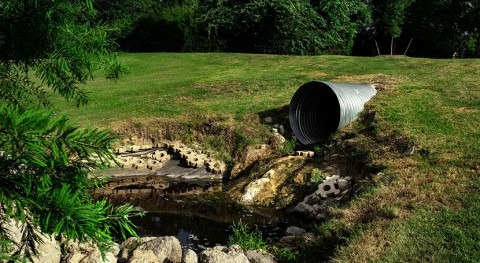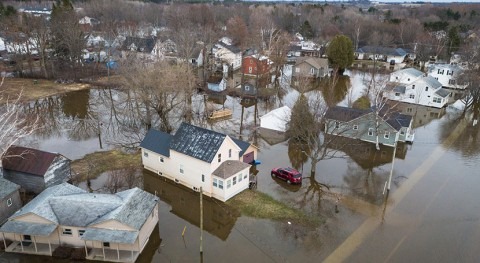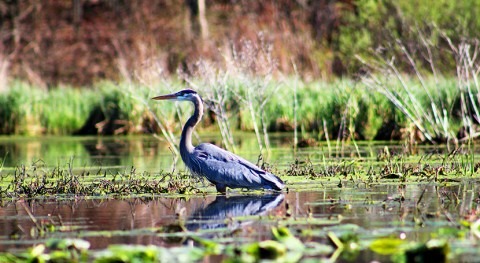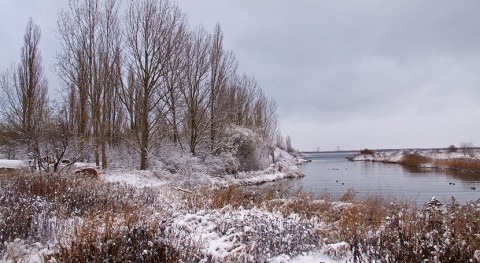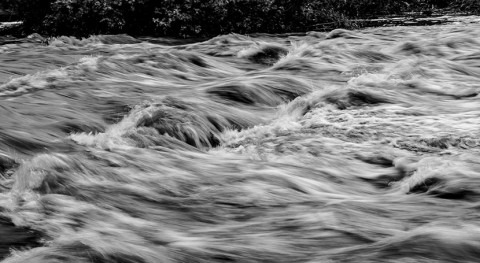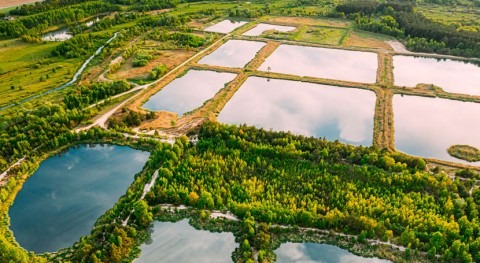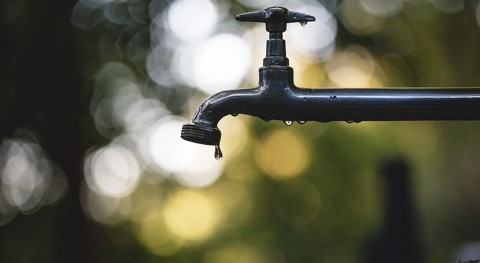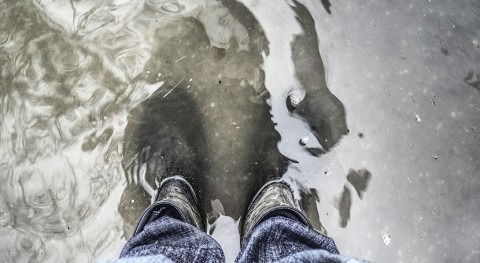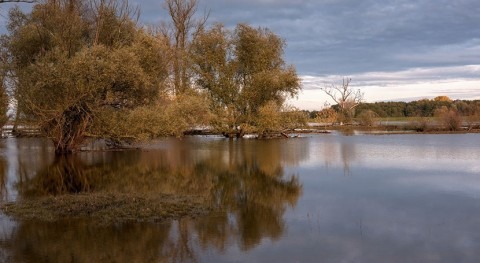Carbon loss in Canadian peatland is projected to increase by 103 per cent under a high emission scenario, according to new research led by scientists from the University of Waterloo.
The results of the study, which was published today in Nature’s Communications Earth & Environment journal, reinforces the urgent need for a comprehensive understanding of peatlands as evolving sources of atmospheric CO2 in a warming world.
Peatlands, which are a type of wetland, are some of the most valuable ecosystems globally. In addition to their role in preserving biodiversity and minimizing flood risk, they store approximately one-third of the world’s terrestrial organic carbon, despite only covering an estimated three per cent of the continents.
The team developed a machine-learning model to determine that changes in soil temperature and photosynthesis are the primary drivers of changes in net carbon flux
The researchers believe the study, which had Faculty of Engineering student Arash Rafat as lead author, has implications for future climate policy. Even under the lowest radiative forcing scenario, peatlands will act as a source of CO2 during the non-growing season (NGS) throughout the remainder of the 21st century. This reinforces the hypothesis that climate warming has the potential to increase peatland CO2 emissions during the NGS across various northern regions from around the world.
“Our research offers important insights into how Canada’s northern peatlands will react to climate warming, especially during the non-growing season,” said Fereidoun Rezanezhad, a professor in Waterloo’s Department of Earth and Environmental Sciences. “As the climate warms, it is important to understand to what degree this will impact peatland ecosystems and their release of CO2 emissions – especially in areas of greatest warming, which include peatlands in northern regions and during the NGS.”
To improve our ability to predict NGS CO2 emissions from northern peatlands under current and future climate change, a team of Waterloo’s Water Institute researchers led by Ecohydrology Research Group professors Rezanezhad and Philippe Van Cappellen worked with professor William Quinton of Wilfrid Laurier University, professor Elyn Humphreys of Carleton University, and research scientist Dr. Kara Webster from the Canadian Forest Service Great Lakes Forestry Centre.
The team developed a machine-learning model to determine that changes in soil temperature and photosynthesis are the primary drivers of changes in net carbon flux. To predict future NGS CO2 emissions, the team developed the model using a continuous 13-year dataset of eddy covariance flux measurements from a peatland site located in Ottawa, Canada called the Mer Bleue Bog.
“The projected 103 per cent increase in peatland carbon loss by 2100 under a high radiative forcing scenario will constitute a strong positive climate feedback loop,” said Rafat, who engaged in the research during his co-op term in the Waterloo’s Faculty of Science. “In this climate feedback loop as the climate warms, peatlands release greenhouse gases, which in turn contributes to further climate warming.”





